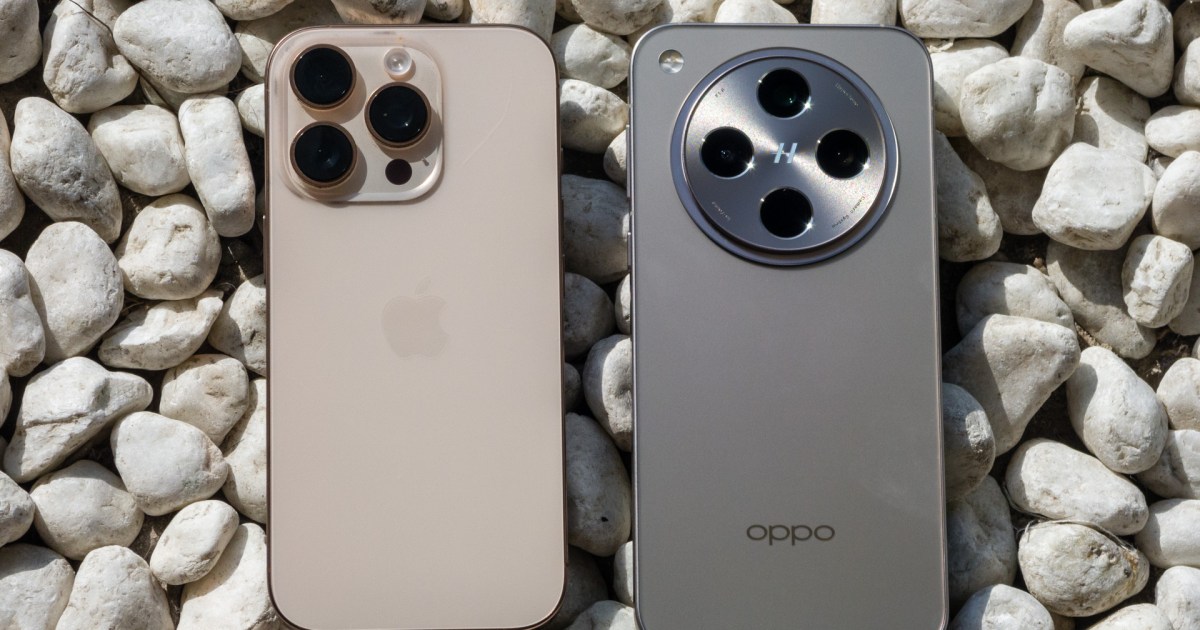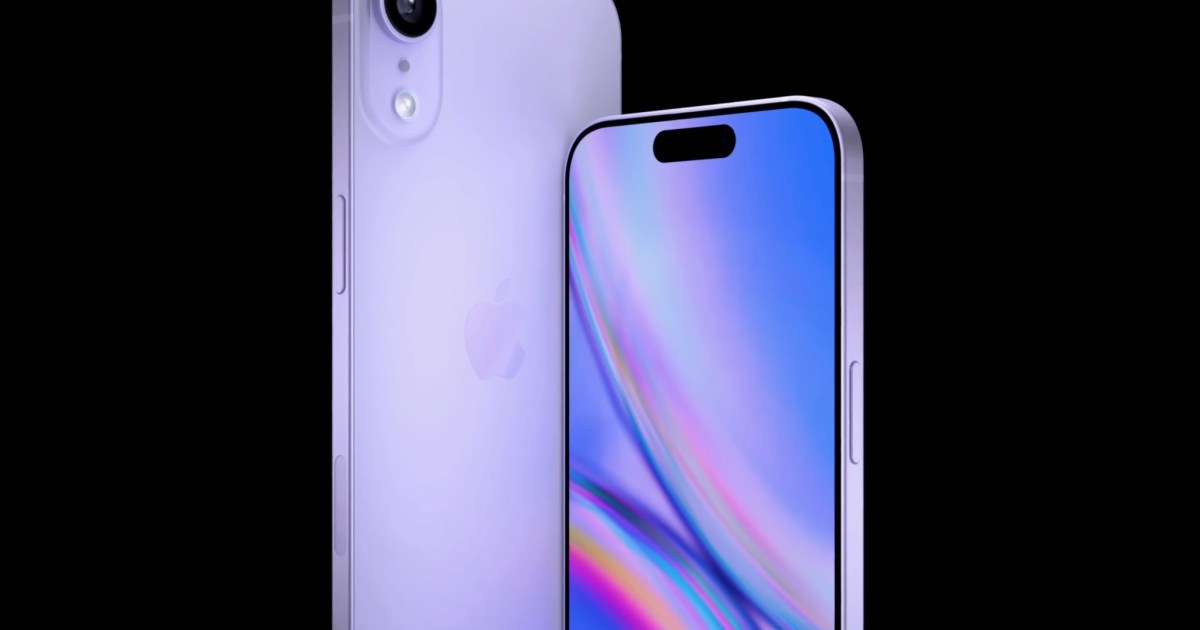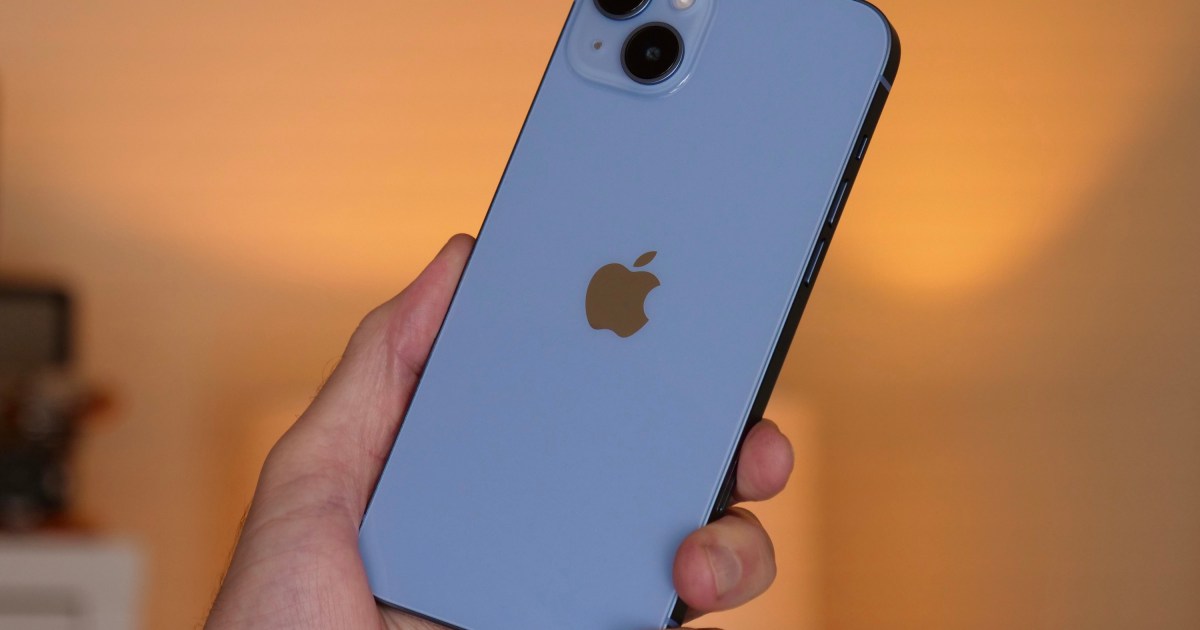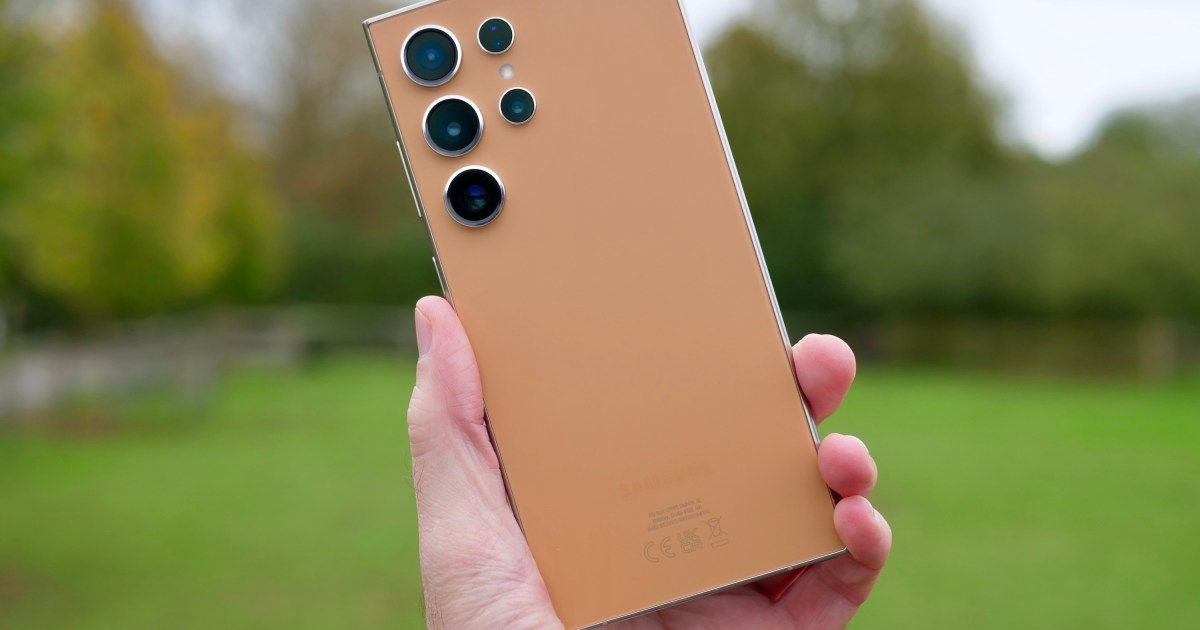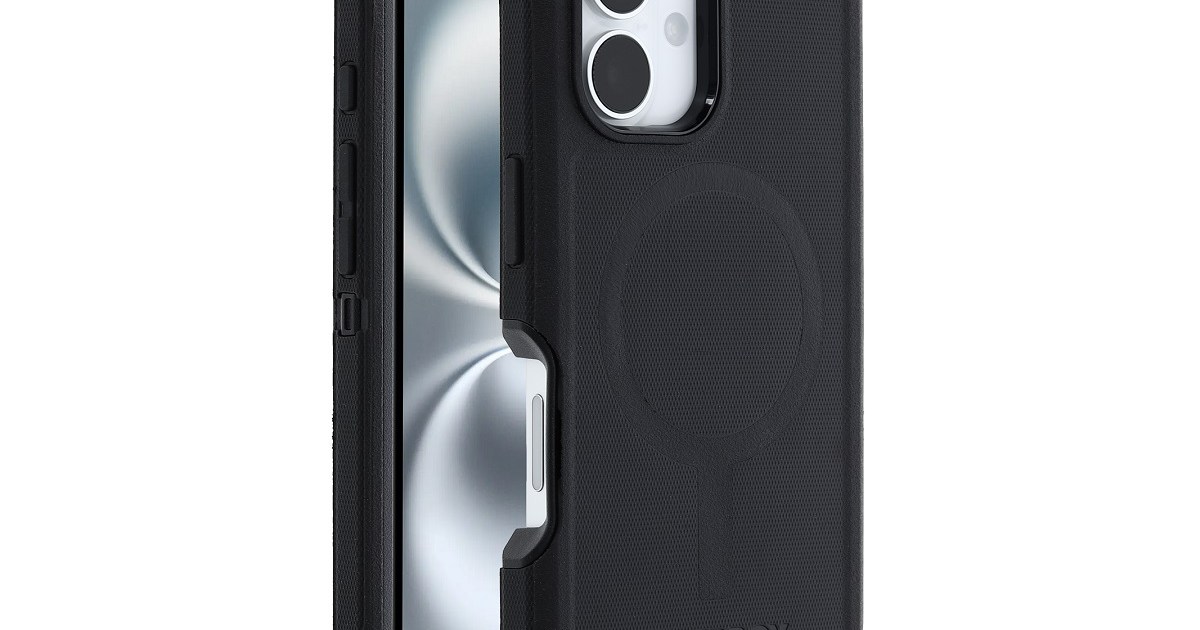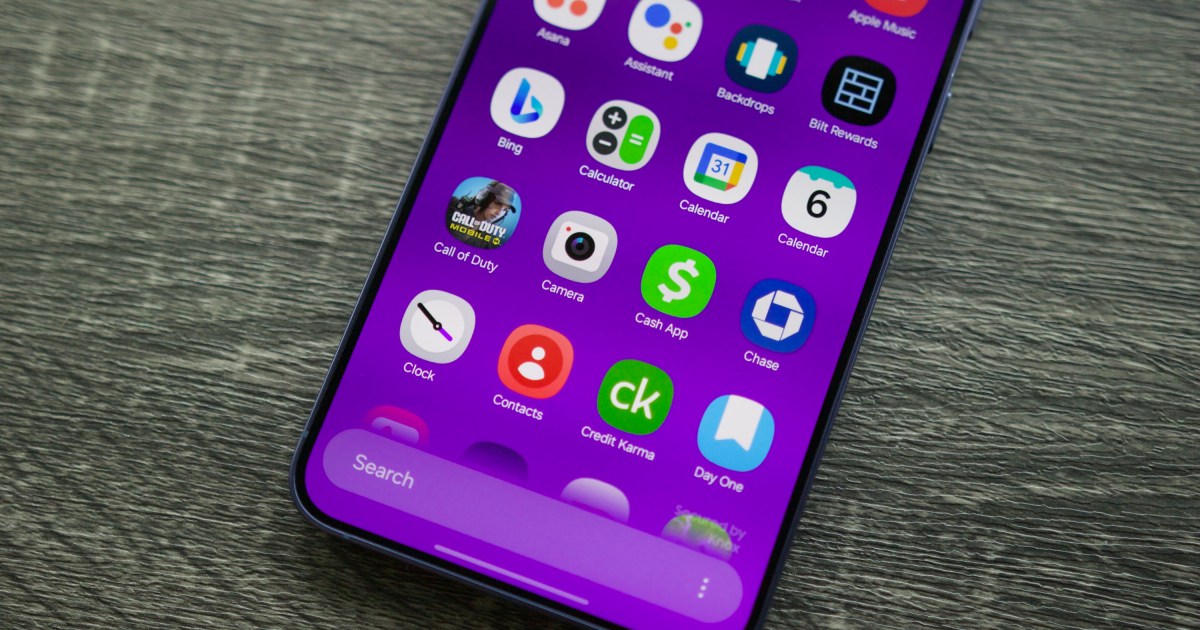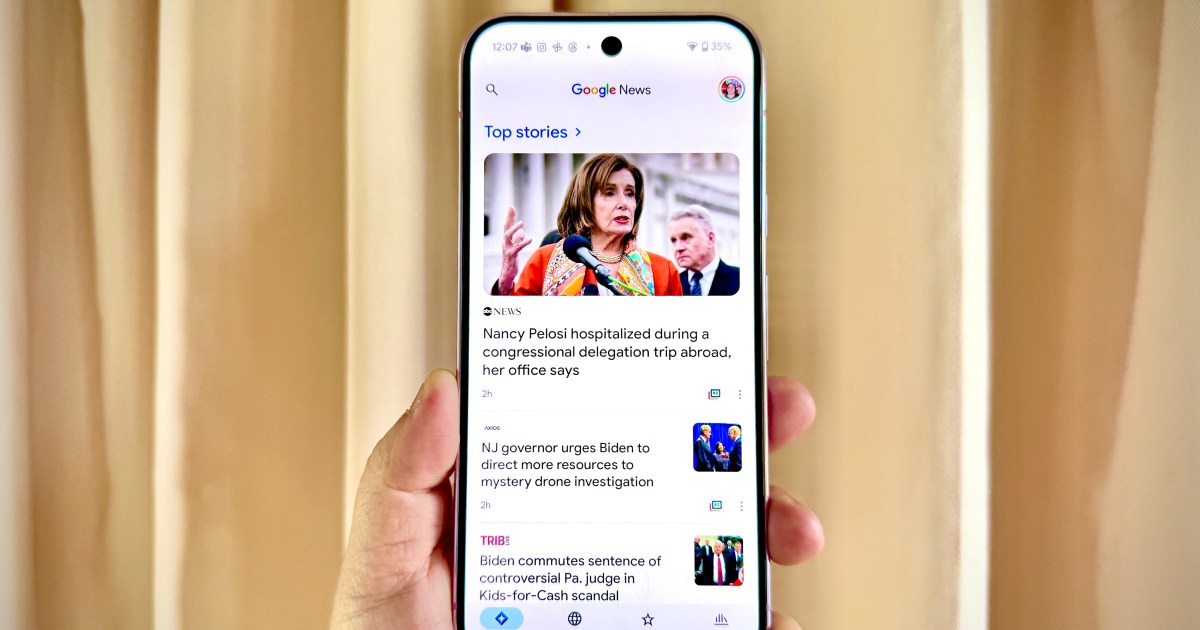The iPhone 16 Pro boasts one of the top smartphone cameras available, setting a high bar, particularly for video. Competitors like Samsung, OnePlus, and even Google’s Pixel 9 Pro have struggled to surpass it. But what happens when we look beyond the US market? Smartphones from Xiaomi, Vivo, and Oppo are pushing camera boundaries, challenging even the best US offerings. Last month in Bali, I pitted the iPhone 16 Pro against Oppo’s latest contender, the Find X8 Pro. As a sister company of OnePlus, Oppo previously impressed me with the Find X8’s zoom capabilities. The Find X8 Pro introduces a second telephoto lens, this time offering 6x optical zoom. But how does it truly stack up against the iPhone 16 Pro?
Camera Specs Compared
| Feature | iPhone 16 Pro | Oppo Find X8 Pro |
|---|---|---|
| Primary Camera | 48MP Fusion f/1.78 | 50MP Main f/1.6 |
| Ultrawide Camera | 48MP f/2.2 | 50MP f/2.0 |
| Telephoto Camera | 12MP f/2.8 5x Optical Zoom | 50MP f/2.6 3x Optical Zoom |
| Second Telephoto Camera | – | 50MP f/4.3 6x Optical Zoom |
| Selfie Camera | 12MP f/1.9 | 12MP f/1.9 |
While both phones offer comparable primary and ultrawide cameras, their telephoto strategies differ. Apple employs a single 5x telephoto lens, relying on in-sensor cropping for its advertised 2x “telephoto” capability. This approach can be effective at lower zoom levels but maintaining consistency between 2x and 5x with a single lens becomes challenging. Oppo also utilizes in-sensor cropping for 2x zoom, but supplements this with two dedicated telephoto lenses at 3x and 6x optical zoom. Similar to the Galaxy S24 Ultra, this multi-lens setup allows the Find X8 Pro to switch between lenses at lower zoom ranges, potentially improving performance across various focal lengths. But does this translate to real-world superiority? Let’s delve into the results.
Low-Light Performance
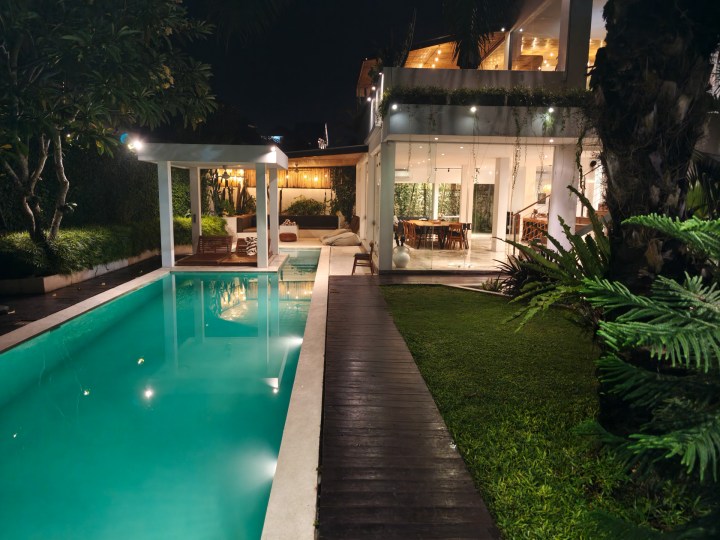 Low-light photo of a house and pool taken with the Find X8 Pro
Low-light photo of a house and pool taken with the Find X8 Pro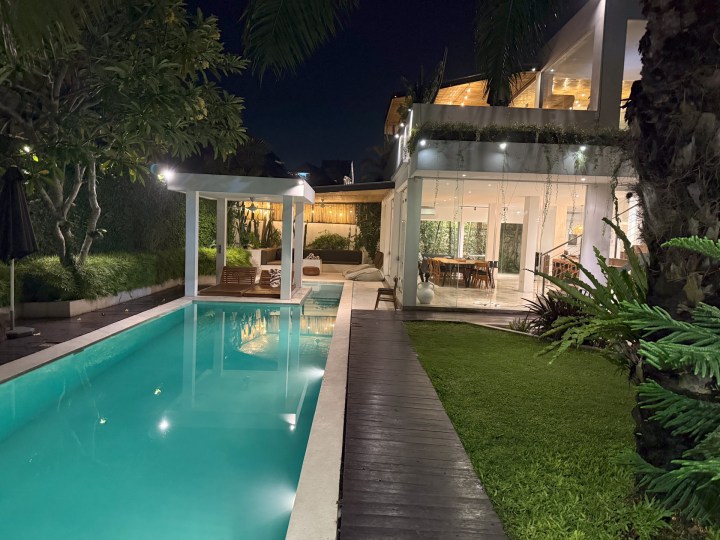 Low-light photo of the same house and pool taken with the iPhone 16 Pro
Low-light photo of the same house and pool taken with the iPhone 16 Pro
 Low-light photo of a "Bali" sign taken with the Find X8 Pro
Low-light photo of a "Bali" sign taken with the Find X8 Pro Low-light photo of the same "Bali" sign taken with the iPhone 16 Pro
Low-light photo of the same "Bali" sign taken with the iPhone 16 Pro
Low-light photography presents a significant challenge for any smartphone camera. While the Find X8 Pro showcases superior color and light reproduction in the “Bali” sign image, the iPhone 16 Pro’s balanced lighting in the house and pool scene is preferable.
 Low-light photo of a mural taken with the Find X8 Pro
Low-light photo of a mural taken with the Find X8 Pro Low-light photo of the same mural taken with the iPhone 16 Pro
Low-light photo of the same mural taken with the iPhone 16 Pro
In the mural shots, both phones perform admirably, exhibiting comparable color accuracy and detail. While the Find X8 Pro appeared slightly better on its own display, the difference is minimal upon closer inspection.
Capturing People and Pets
 Photo of a cat taken with the Find X8 Pro
Photo of a cat taken with the Find X8 Pro Photo of the same cat taken with the iPhone 16 Pro
Photo of the same cat taken with the iPhone 16 Pro
Although I generally appreciate Samsung’s saturated post-processing, which the Find X8 Pro emulates in the mascot photo, the iPhone 16 Pro captures a superior cat image with greater detail and more realistic colors, especially in the eyes.
 Photo of people in costumes taken with the Find X8 Pro
Photo of people in costumes taken with the Find X8 Pro Photo of the same people in costumes taken with the iPhone 16 Pro
Photo of the same people in costumes taken with the iPhone 16 Pro
The costume photos highlight each phone’s handling of vibrant colors and details. The Find X8 Pro emerges slightly ahead, maintaining its advantage in the subsequent fish photo. The iPhone 16 Pro’s tendency towards washed-out images, a recurring theme in this comparison, is evident here.
Portrait Mode Performance
 Portrait photo taken with the Find X8 Pro
Portrait photo taken with the Find X8 Pro Portrait photo taken with the iPhone 16 Pro
Portrait photo taken with the iPhone 16 Pro
Capturing moving hair in windy conditions on a speeding boat presents a significant challenge. While not directly comparable due to varying crop factors, the Find X8 Pro’s detailed hair rendering, especially given the difficult conditions, is remarkable.
 Portrait photo taken with the Find X8 Pro
Portrait photo taken with the Find X8 Pro Portrait photo taken with the iPhone 16 Pro
Portrait photo taken with the iPhone 16 Pro
In less challenging portrait scenarios, the Find X8 Pro again captures finer hair details. However, the overhead sun leads to a less vibrant portrait in the second set.
Zoom Capabilities: The Ultimate Test
 Ultrawide photo of a boat taken with the Find X8 Pro
Ultrawide photo of a boat taken with the Find X8 Pro Ultrawide photo of the same boat taken with the iPhone 16 Pro
Ultrawide photo of the same boat taken with the iPhone 16 Pro
Given its dual telephoto lenses, the Find X8 Pro should excel in zoom performance. While both phones boast similar ultrawide capabilities, the iPhone 16 Pro exhibits slightly better color science. However, this isn’t consistent across all Find X8 Pro lenses, revealing some inconsistency in Oppo’s image processing. This trend continues in the 1x photos, where the iPhone 16 Pro delivers a more pleasing overall image.
 Zoomed photo of a boat taken with the Find X8 Pro
Zoomed photo of a boat taken with the Find X8 Pro Zoomed photo of the same boat taken with the iPhone 16 Pro
Zoomed photo of the same boat taken with the iPhone 16 Pro
Despite a slightly duller image, the Find X8 Pro demonstrates superior detail at higher zoom levels. The difference is particularly noticeable in the second zoomed boat image, although the gap is narrower than anticipated.
 Low-light zoomed photo of a neon sign taken with the Find X8 Pro
Low-light zoomed photo of a neon sign taken with the Find X8 Pro Low-light zoomed photo of the same neon sign taken with the iPhone 16 Pro
Low-light zoomed photo of the same neon sign taken with the iPhone 16 Pro
Low-light zoom performance is rarely emphasized by manufacturers. This test reveals the stark contrast between these two devices. The Find X8 Pro handily outperforms the iPhone 16 Pro, which suffers from noticeable lens flares, a common issue in low-light iPhone photography.
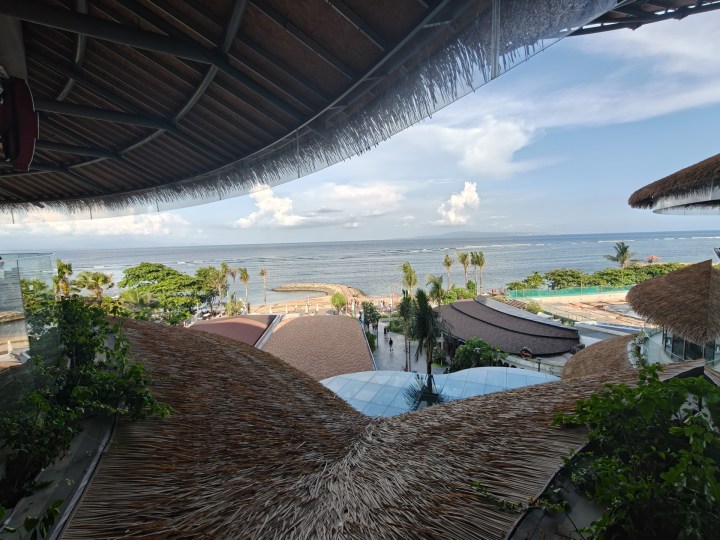 Daylight ultrawide landscape photo taken with the Find X8 Pro
Daylight ultrawide landscape photo taken with the Find X8 Pro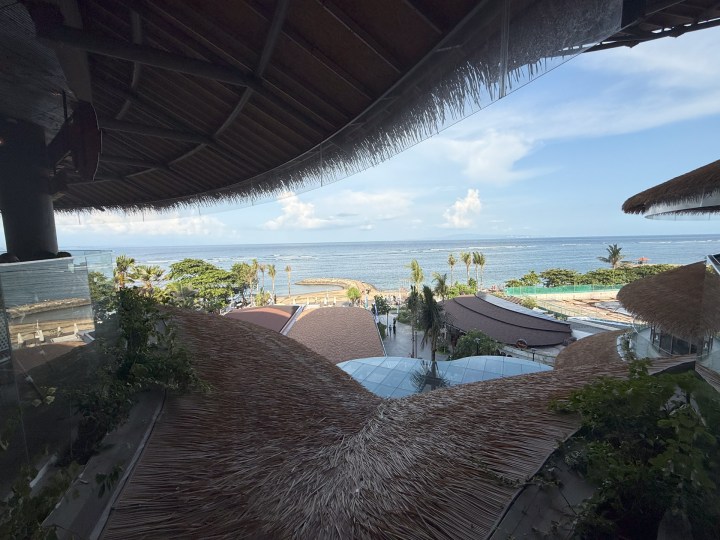 Daylight ultrawide landscape photo of the same scene taken with the iPhone 16 Pro
Daylight ultrawide landscape photo of the same scene taken with the iPhone 16 Pro
In daylight conditions, the two phones’ approaches to image processing become even clearer. The Find X8 Pro exhibits greater detail and slightly darker tones, while the iPhone 16 Pro produces brighter but less detailed images.
The Overall Camera Battle
 Photo of statues taken with the Find X8 Pro
Photo of statues taken with the Find X8 Pro Photo of the same statues taken with the iPhone 16 Pro
Photo of the same statues taken with the iPhone 16 Pro
As seen throughout this comparison, the iPhone 16 Pro tends towards brighter images. While this benefits the statue photo, providing even illumination, the Find X8 Pro’s darker approach is more suitable for the shopping mall image.
 Photo of a cliff face taken with the Find X8 Pro
Photo of a cliff face taken with the Find X8 Pro Photo of the same cliff face taken with the iPhone 16 Pro
Photo of the same cliff face taken with the iPhone 16 Pro
The iPhone’s pursuit of brightness hinders its performance in the cliff face photo, resulting in a washed-out image lacking detail. Conversely, the Find X8 Pro’s “lightning snap” feature shines, capturing a more detailed and balanced shot.
 Photo of an island taken with the Find X8 Pro
Photo of an island taken with the Find X8 Pro Photo of the same island taken with the iPhone 16 Pro
Photo of the same island taken with the iPhone 16 Pro
The island photo demonstrates differing color science approaches. While the iPhone 16 Pro captures more detail in the rocks due to its brighter exposure, it sacrifices detail in the background trees. The Find X8 Pro provides a more balanced image in both photos.
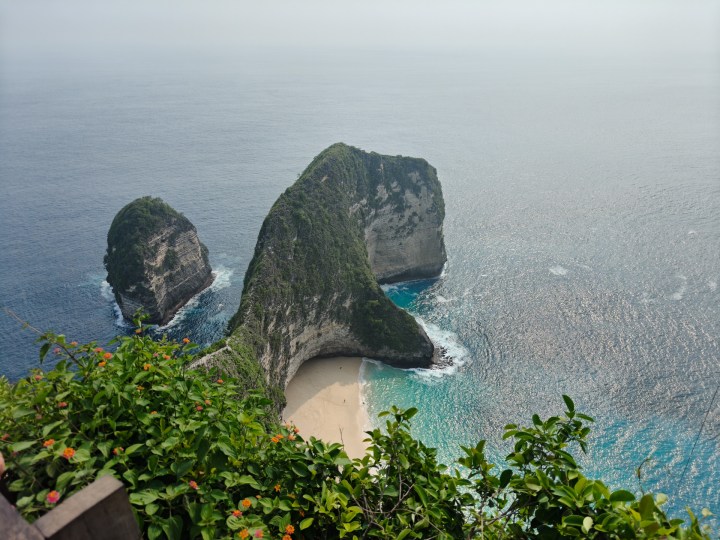 Landscape photo taken with the Find X8 Pro
Landscape photo taken with the Find X8 Pro Landscape photo of the same scene taken with the iPhone 16 Pro
Landscape photo of the same scene taken with the iPhone 16 Pro
The iPhone’s bright image processing continues to be a disadvantage in the final landscape photos. The Find X8 Pro significantly outperforms it in both color accuracy and detail, capturing images that closely resemble the actual scene.
Surprises and Frustrations with the Find X8 Pro
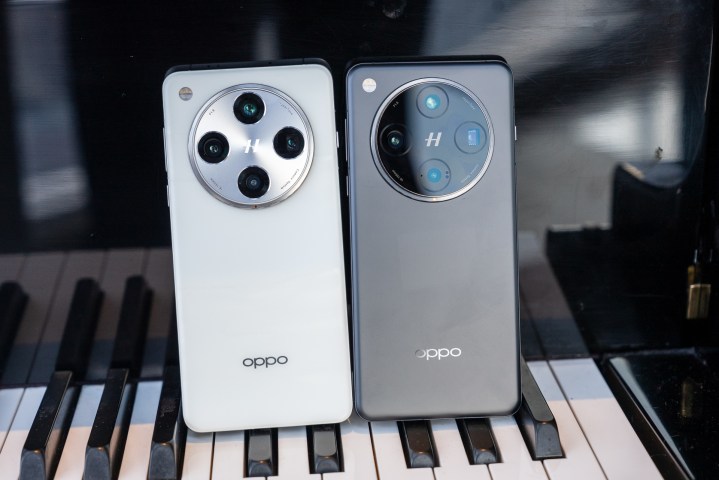 The Oppo Find X8 and Find X8 Pro side by side
The Oppo Find X8 and Find X8 Pro side by side
The Find X8 Pro represents a significant contender in the smartphone camera arena. Inheriting many features from the Find X7 Ultra, it offers impressive versatility on paper. However, the iPhone 16 Pro, despite its less impressive hardware, boasts a key advantage: consistency. While its photos may be technically inferior in some aspects, their color science remains consistent, whereas the Find X8 Pro can exhibit inconsistencies in image processing. This can be frustrating, as identical shots can yield different results. Nevertheless, the Find X8 Pro’s overall capabilities are undeniably impressive. For a deeper dive into its performance, check out our full Oppo Find X8 Pro review, which highlights why it has become my new favorite smartphone camera.



